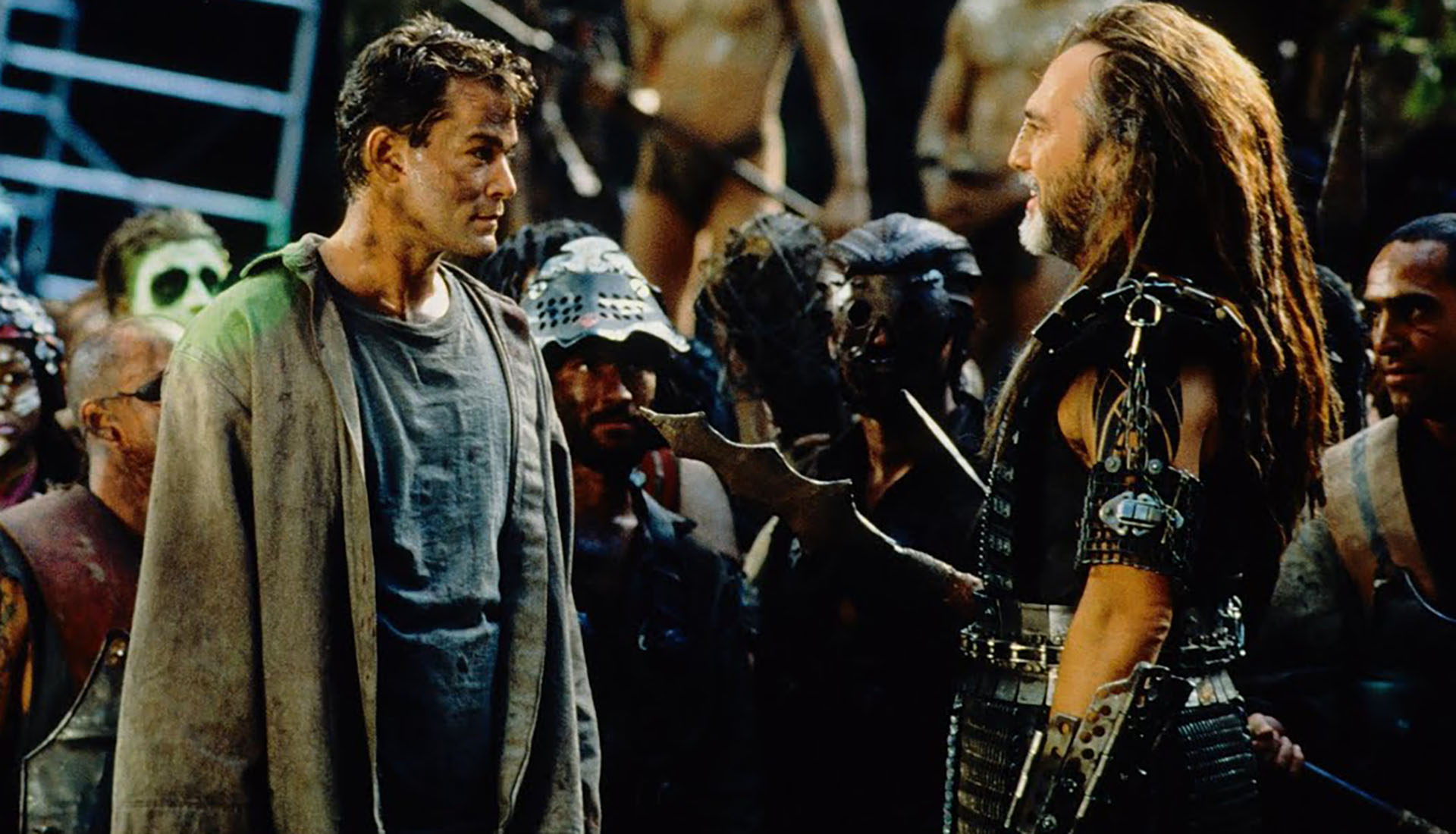NO ESCAPE. In the Shadow of “Mad Max,” Science Fiction Gems Also Emerge

This film holds unique significance for my VHS socialization as it was the first one I had to borrow on a so-called reserve. It was deemed a hit, so the video store owner made sure it wasn’t just sitting on the shelf available to everyone. “No Escape” can be considered an expensive B-movie with aspirations of being a blockbuster. It was directed by Martin Campbell, a filmmaker who, after years of hard work, almost reached the pinnacle of cinema by making my beloved “Casino Royale.” However, he still lacks at least one undeniable blockbuster and a fully independent artistic film. Campbell deserves to be recognized in both worlds. And “No Escape” deserves to be considered one of the more successful titles in his career.
Going back to the VHS era, watching “No Escape” today doesn’t show its association with “that” world. I mean videotapes, not B-movies. Campbell made the film for 20 million dollars, but it earned 5 million less, making it a flop that isn’t even considered a cult classic or legendary in any way by viewers. It’s not popular today, doesn’t provoke emotions or reactions online, and hasn’t become a noteworthy acting feat for the late Ray Liotta – unlike his roles as Henry Hill in “Goodfellas” or Gary Figgis in “Cop Land.” This is incomprehensible to me because “No Escape” is an incredibly energetic, highly adventurous post-apocalyptic film at least as good as “Waterworld,” and only slightly inferior in execution compared to “Mad Max” (not the first part).
For that budget, it turned out to be a dazzling production that once captivated me on video and still evokes similar emotions years later. Campbell also cast iconic actors from 80s sci-fi cinema, including Lance Henriksen, Ernie Hudson, and character actor Michael Lerner. These names may not be front-page tabloid material, but they are well-known in the world of genre cinema. However, they did not bring popularity to “No Escape.”

Perhaps it’s a matter of the budget allocated for advertising and distribution, or maybe the problem lies with the character of Captain John Robbins, played by Liotta, who still isn’t perceived by viewers as an actor associated with science fiction. It could also be an issue with the world depicted in the film, which isn’t entirely proper sci-fi but rather a dystopian view of social relations on a global scale – perhaps what awaits us in the next 200 years of human civilization, with the radical division of humanity into tribes rather than open nations, devastating war, and militarization of the remnants. Another factor is the year the film was released. 1994 was one of the best years in cinema history, so a cheaper title could easily get lost among gems like “Forrest Gump,” “True Lies,” “The Shawshank Redemption,” or “Stargate.” This isn’t a criticism, but “No Escape” didn’t introduce anything new to the genre. It’s not groundbreaking. It uses post-apocalyptic clichés effectively, builds realistic characters, is well-edited and sound-designed, but lacks twists that could be discussed after watching. The technical solutions used to make the world of “No Escape” futuristic are very characteristic of the 90s. They remind me of “Judge Dredd” in a negative way.
Today, such solutions can’t even be considered modern, at most retro-futuristic, which has sentimental value, but in a creative sense, one still remembers those films that used these solutions better and more innovatively, which are older than “No Escape.” I’m thinking of “Mad Max” – an unbearable shadow over “No Escape”. Campbell’s work is an adaptation of Richard Herley’s novel set on the rocky island of Sert, several kilometers off the coast of Cornwall. The film, however, accurately changed this setting to a warmer (climate-wise) one, and transformed the main character from a bureaucrat to a military man to increase the action content. This was successful, although I know that today the film and the book can be considered too one-dimensional. Women have no significance to the plot. The world depicted is drenched in testosterone, and as a result, is radically masculinized, filled with senseless violence. It is an image of the fall of society, exemplified by the prisoner community of the penal colony.

Thus, today I view this production a bit differently. It excites me as an action film, appealing to my atavistic animality, thrilling me with screen violence that can’t touch me. On the other hand, I now understand “No Escape” more consciously as a somewhat one-dimensional picture but one that forces reflection on what testosterone-fueled rule has done to our species over thousands of years. Progress could have been faster, and culture might not necessarily have become a carrier of violent traditions. And so, “No Escape,” roughly 30 years after my first viewing, has forced me into a reflection quite different from what typical mindless action cinema usually does.

